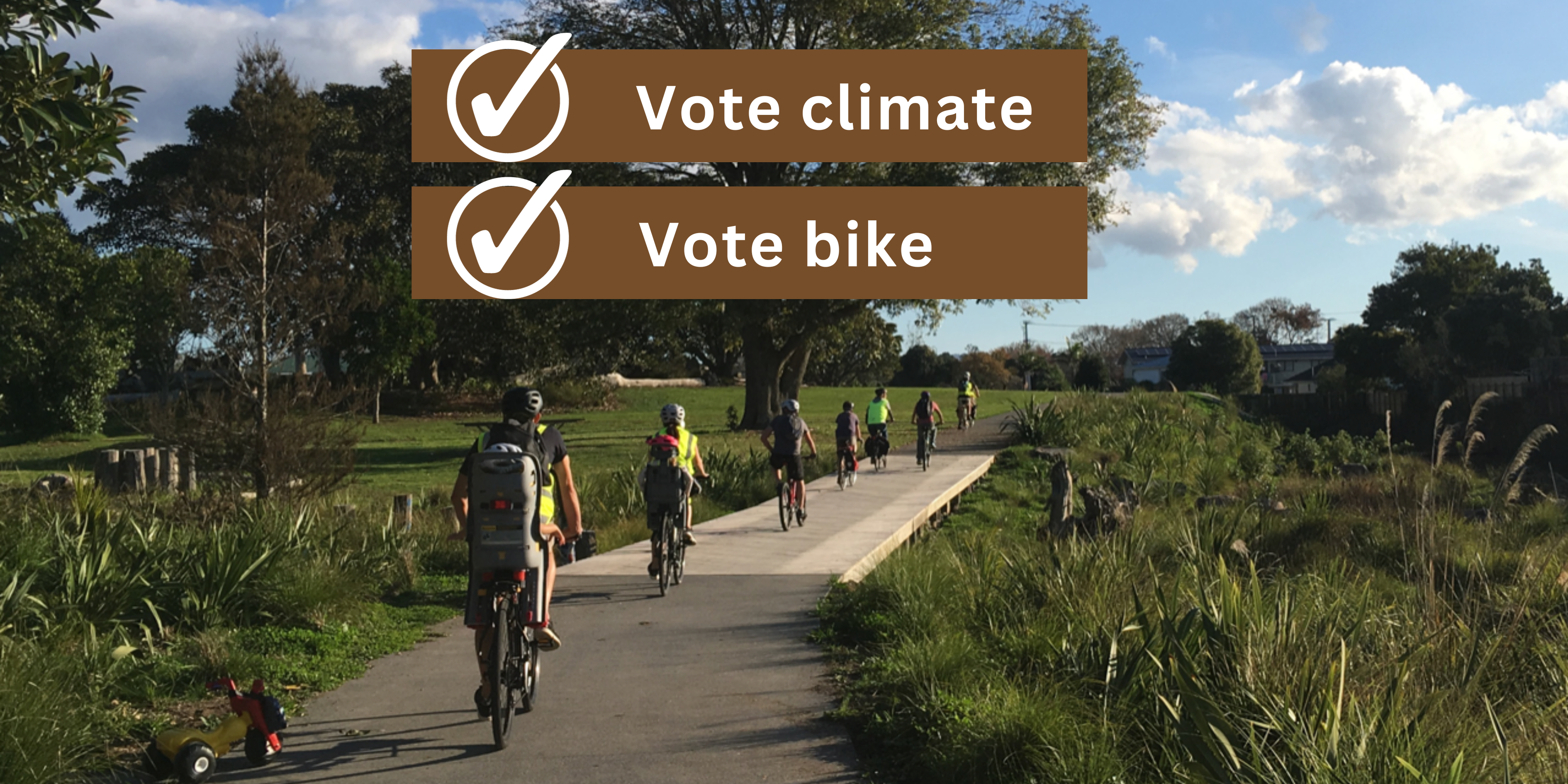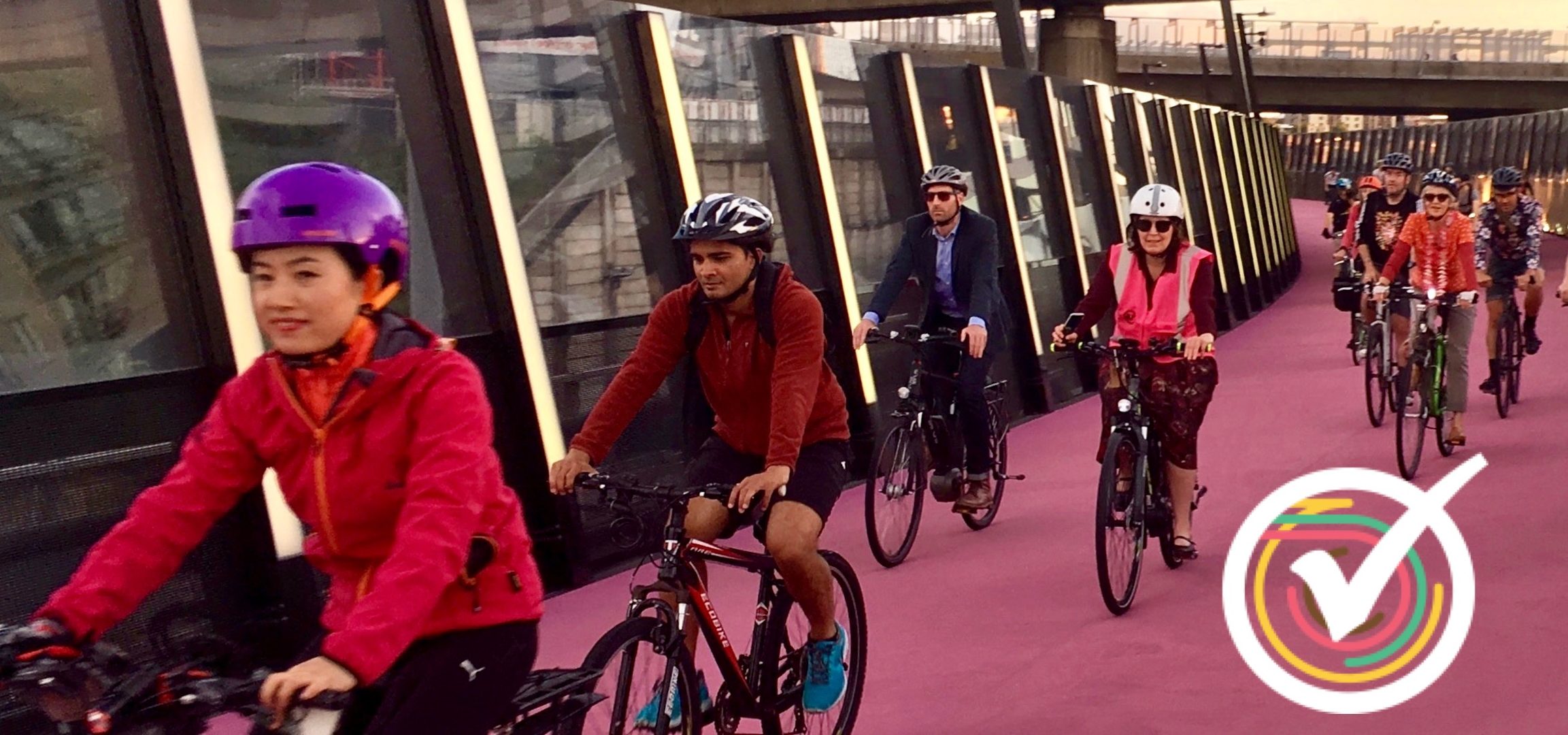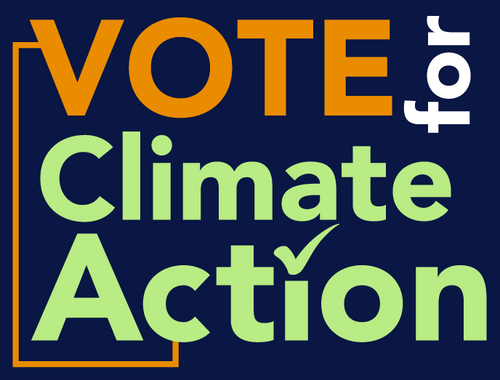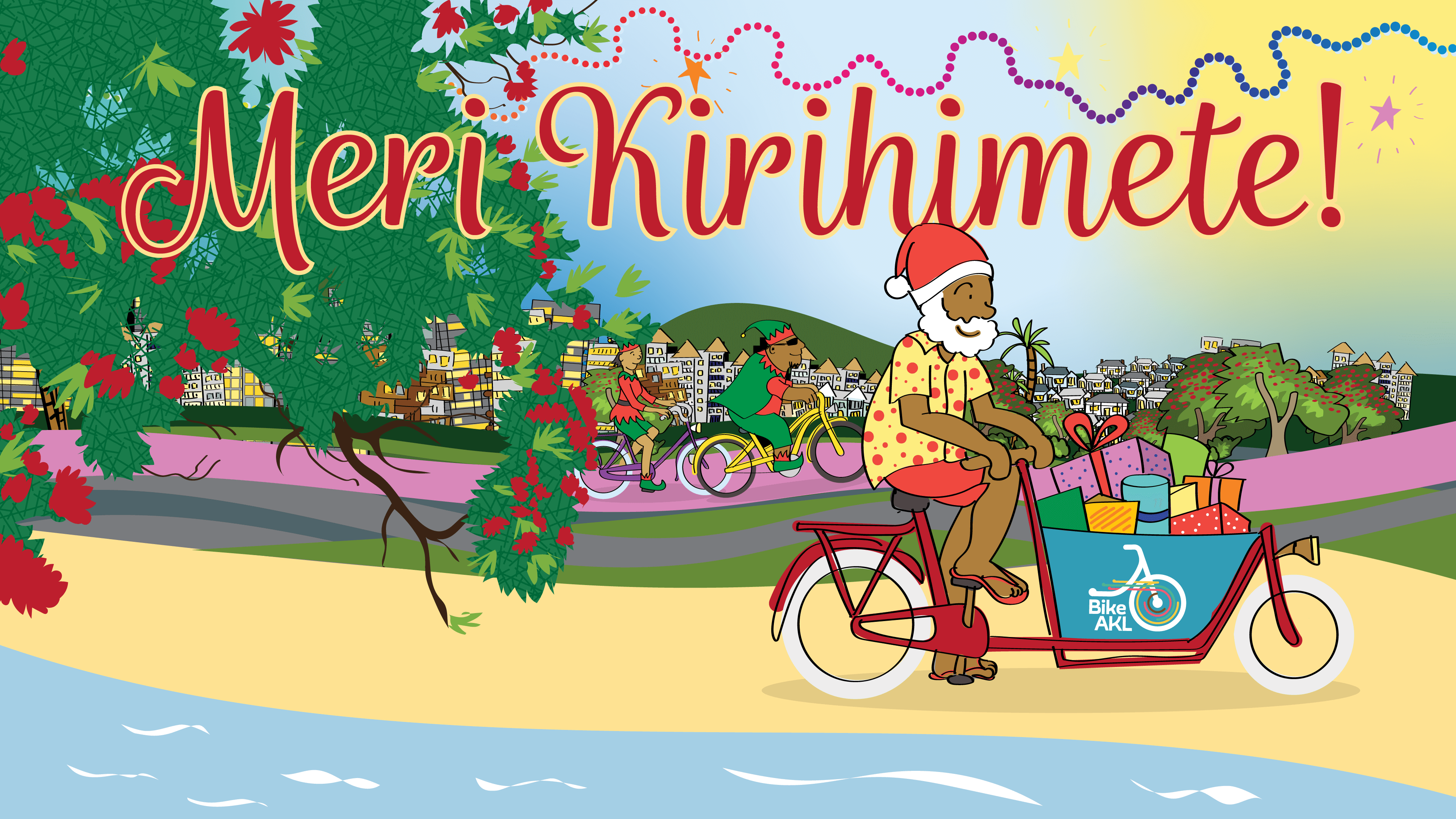It’s less than a week until voting opens which means now is the time to have a look at which of the political parties will consider safer streets, flourishing communities, and climate friendly travel. Who will give our tamariki (kids) the freedom to cycle to kura (school) with their friends? Who will give our communities more choice for active and healthy travel? Who will extend our national cycleway network, attracting more bike-packing eco-tourists, boosting local economies?
Luckily, there are some fabulous organisations who have pored through party policies to figure out the answers to these questions – so you don’t have to!
But first; some information about the 2023 general elections
General elections are your opportunity to choose who will be sitting in the Beehive in Wellington, arguing on your behalf, as seen on Parliament TV. It’s the election where we vote in the Central Government, the various ministers of parliament (MPs) and the Prime Minister. Together they set the big Aotearoa NZ-wide policies like; how much to invest in walking and cycling, and whether to create an E-bike subsidy.
You get two ticks; one for a political party to represent you (“party vote”), and the other for an MP to represent your area (“electorate vote”). Our system is a Mixed Member Proportional (MMP) system – a party needs 61% of the vote to get in. But, it’s very rare that one party gets enough votes to form a government on their own – so usually they have to form a coalition (partnership) with other parties to make a full government. And, even if a party doesn’t get into the coalition, they are likely to have some representatives in parliament due to the way both the party vote and the electorate votes are counted. This is all to say; your vote has the potential to make a difference in how the final government forms even if you vote for a “minor party.” You can learn more about MMP here.
You can vote from Monday 2 October until Saturday 14 October. Saturday 14 October is Election Day, and is when most people will go to vote. You can find voting places near you, when they are open, and if they are accessible here. If you haven’t registered to vote yet, or you need to update your details, it’s easy to do it online here. Find out more about how to cast your vote on the vote NZ website.
Take me to the policies!!
Have a look at the links below and have a think about which political party is going to create the vision we collectively share: a healthy, joyous, and flourishing community with quiet, safe streets and lots of people riding bikes from A to B!
Vote Bike!
Safer speeds keep people safe – it’s in the name! Worldwide research has shown time and time again that 30km/hr is the sweet spot which can turn a deadly crash between a vehicle and someone walking or cycling into something we can get up and walk away from.
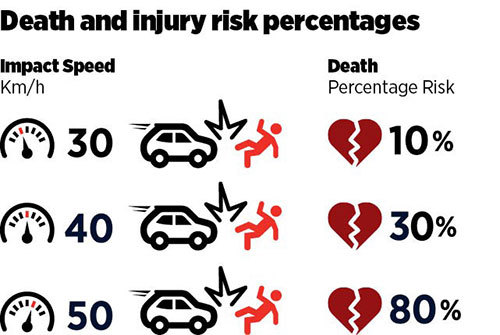
What’s more, people can feel the difference. 30km/hr streets feel safer, more pleasant, and are quieter. So, people start to walk and cycle for their trips more! This is crucial for us to meet our emissions and mode-shift targets. Safer speeds on our residential streets is one of our fastest, most affordable ways of creating safe places to ride from A to B!
Of course, some of our rural roads need safer speeds as well; we’ve already seen reduced deaths and serious injuries across Aotearoa from speed reductions. Safer speeds are part of Vision Zero, a worldwide approach to reducing deaths and serious injuries for every road user.
So, where do the political parties stand on safer speeds?
If elected, both National and Act plan to scrap the safer speeds roll out and raise speeds back to their original limits (“if safe” to do so). Labour already watered down the safer speeds programme earlier this year. Under Labour, speeds will still be lowered around schools, marae, and the most dangerous 1% of motorways. The Green Party’s ‘safe to school’ policy supports 30km/h areas around urban schools, and 80 km/h around rural schools (with a variable 30km/h limit during school pick up and drop off).
What about actual on-the-ground safe, separated cycleways?
As part of their ‘safe to school’ policy the Green Party plan to roll out a safe network of pedestrian crossings, and separated cycleways so that children can get to school safely in an active way. They have called for a lane on the Auckland Harbour Bridge to be immediately reallocated towards walking, cycling, and wheeling. And, they include a policy to “build back better” utilising road maintenance as an opportunity to provide for safe walking and cycling more affordably on a road corridor. Te Pāti Māori have stated that they would “prioritise safe cycling and walking” corridors. Labour have committed to some safe separated cycleways as part of the draft Government Policy Statement on Land Transport, and will be providing for some safe cycleways alongside planned light rail, bus, and motorway projects. National have stated that investment in walking and cycling should “flat-line” rather than increase.
What about promoting E-bikes and E-scooters?
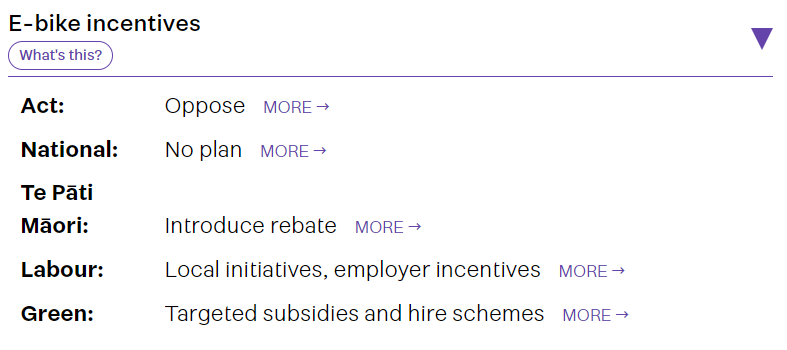
This Stuff article has a summary of parties positions on the “most popular electric vehicle”; E-bikes and E-scooters. The Green Party support E-bike subsidies targeted to low income communities. Earlier in the year Labour passed an exemption for bikes, scooters, and public transport from the Fringe Benefit Tax; they say this means they have already provided a subsidy. Te Pāti Māori says it is keen to investigate E-bike and E-scooter subsidies. TOP, not included in the Stuff article, has noted an intention to provide $1500 bike grants for under 30’s as part of their Teal Card policy. While National does not plan to have an e-bike subsidy, they have noted an intention to roll out E-bike chargers alongside cycle trails. ACT opposes E-bike and E-scooter subsidies.
If you haven’t already, sign this petition calling for an E-bike subsidy for Aotearoa – here’s why it matters!
Vote Climate Action
Vote for Climate have ranked the Green Party and Te Pāti Māori as “best” for climate action, while Labour gets a “good”. NZ First gets a “bad” while National gets “worse” and ACT scores the “worst”. click here to find out why.

Climate Club have made a fantastic general election guide – have a look here.
Stuff has a rundown on parties climate policies here.
Vote for Health & Equity
Ora Taiao, New Zealands health and climate coalition, have put together this scorecard to show how parties policies compare on health, te tiriti, and climate.
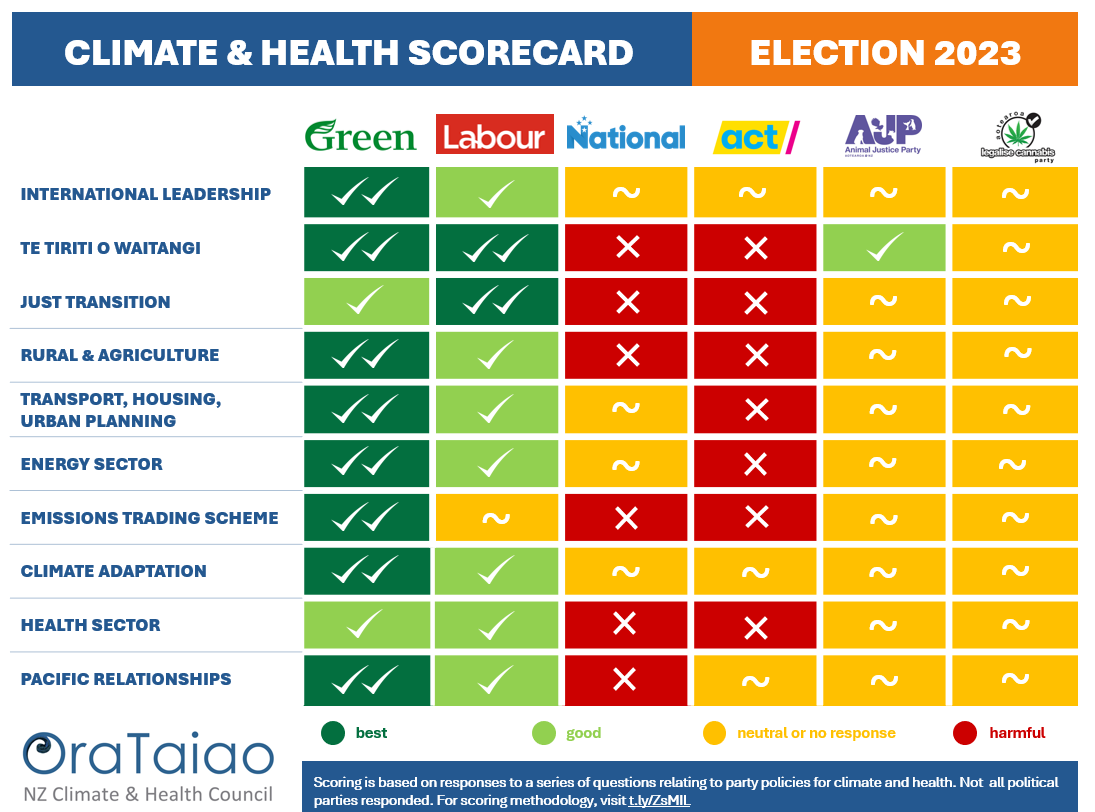
Public Health Communication Centre Aotearoa have also compared how different parties stack up in terms of promoting health and wellbeing, sustainable transport, and equity. You can read their transport summary here.
I know who I’m voting for, what else is there to do?
If you are looking for things to do, both Vote for climate and Climate Club have some great suggestions such as tripling your impact by encouraging 3 friends to vote. Find out more about this strategy. For a bit of extra fun we suggest you make a group ride with other locals to vote together – such as with your local bike burb!
And, just in case you still haven’t, register to enrol or update your details now!

